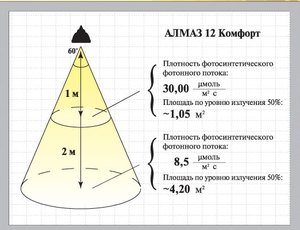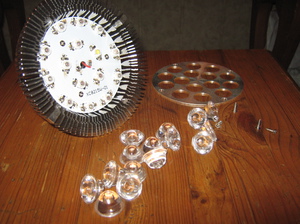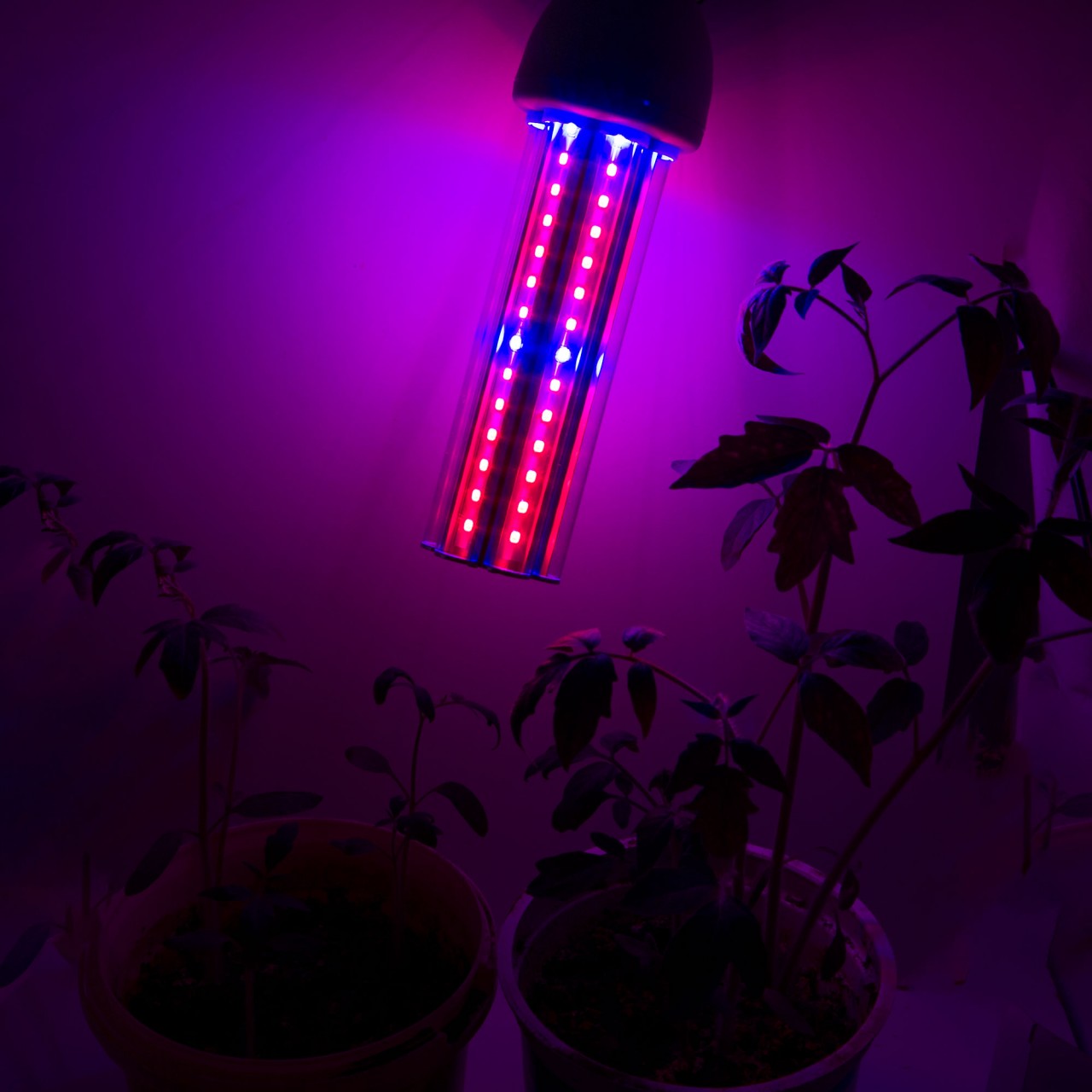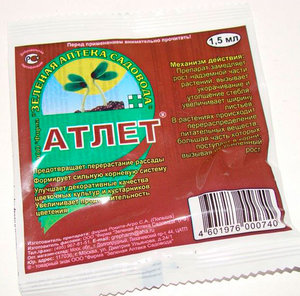Many people know that in order for indoor plants to develop and bloom well and fully, they need to provide sufficient lighting. Thanks to sunlight, photosynthesis takes place, without which no plant can grow. In the summer, the light of the plant is obtained naturally, but in the winter and in the cold, artificial additional lighting is required. For these purposes, there are special photolamps for plants. You can make them yourself, or you can buy them ready-made. Today we will tell you what they are and what reviews about them.
Content
Benefits of using these devices
All indoor plants, depending on the lighting requirements, are divided into the following categories:
- plants that need daylight;
- flowers that are capable of developing in diffused light;
- specimens that can grow and develop in a dark place.
Filolamps of LED type, depending on the indicators above, can have different wavelengths:
- 400 nm;
- 430;
- 660;
- 730.
The advantages of using them for plants are as follows:
- flowers are better able to absorb chlorophyll A, which is one of the key sources of their energy;
- due to the consumption of this component, the growth and development of the root system of plants improves, and its metabolism is accelerated;
- phytohormones are produced, thanks to which the protective properties of indoor plants and flowers are stimulated.
Key characteristics of phytolamps for plants
 Reviews of such a device are mostly positive, most indoor flower lovers note that lamps help improve the physical properties of plants.
Reviews of such a device are mostly positive, most indoor flower lovers note that lamps help improve the physical properties of plants.
Phytolamps are energy-saving devices, their LED samples consume 10 times less energy than conventional lamps... A lamp of this type can be used continuously for 500-100,000 hours. Its heating temperature can range from 30 to 55 degrees, which is completely safe for plants.
On the market you can often find led - lamps that include both blue and red LEDs at the same time. This will save on the purchase of two separate lamps of different colors. LEDs perform the following functions:
- the blue tint of the lamp stimulates plant growth;
- thanks to the red color, colorful flowering is ensured;
- the purple hue stimulates both.
Ready-made phytolamps for every taste can be purchased, reviews about manufacturers can always be read on the Internet... In addition to LED, there are phytolamps of other types on sale:
- sodium;
- luminescent;
- xenon;
- metal halide;
- neodymium;
- krypton.
 It should be noted that phytolamp is not the cheapest device, regardless of its type. However, subject to growing indoor plants, you still need to have it.
It should be noted that phytolamp is not the cheapest device, regardless of its type. However, subject to growing indoor plants, you still need to have it.
Despite the variety of species, LED phytolamp is considered the best... Its advantages are as follows:
- security;
- profitability;
- environmental friendliness.
All models of such lamps are compact and have an attractive design.The price of the finished product depends on the brand, model and equipment. If desired components can be purchased separately and assemble the phytolamp with your own hands. This will save you money.
What to consider before assembling the structure?
If you settled on the option of self-assembly phytolamp, then take into account the following nuances:
- for the lighting of plants to be complete, the light should not only be blue, red and purple. For the full development and growth of crops, green and yellow LEDs will be required;
- during the day, the diode phytolamp should work no more than 14 hours. In winter, as in summer, flowers need to take a break from light exposure;
- to achieve the maximum effect of the lamp, you need to correctly select its distance to the plant;
- for diffused lighting, a matte screen must be used. This kind of lighting works best for many indoor colors.
How to make a phytolamp with your own hands
 In order for the design to be made with high quality and work correctly, you need to choose a spectrum taking into account the characteristics of indoor plants.
In order for the design to be made with high quality and work correctly, you need to choose a spectrum taking into account the characteristics of indoor plants.
At the initial stage of their growth, nonly red and blue LEDs are used... The growth and development of flowers largely depends on how they are located and their relationship to each other.
All diodes individually emit cone-shaped light. And in order for the illumination under the device to be uniform, the cones must overlap each other. To grow a flower with a developed root system, you need to use a device with blue and red diodes in a ratio of 2 to 1. The result will be as follows:
- developed root system;
- juicy leaves;
- thick stem.
When the plant grows, the proportions of red and blue diodes should be equal.
For self-assembly of phytolamp, you need to prepare the following:
- old plafond;
- diodes in the amount of 30 red pieces, 20 blue, 10 pieces for lighting at noon and 10 for morning, respectively;
- led drive (2 pieces);
- driver equipped with PWM control;
- circuit breaker to ensure the safety of the electricity supply.
Assembly methods
Offers to your attention two options for assembling phytolamps at home. The first option is as follows:
- weld independently a stable structure frame, which in width should correspond to the window sill;
- put the plafond to the aluminum plate, having previously fixed the diodes to zero;
- the lamp should be positioned so that it is as comfortable as possible for the flowers. The location can be adjusted later.
The second method for assembling phytolamps for plants looks like this:
- prepare two 10 Watt blue LED arrays and one red one, a strip of anodized aluminum, two inverters, a cooler and an old lamp case;
- solder the wire to the matrices taking into account its polarity. Connect the device with wires to the power supply;
- fix the cooler and power supply with hot glue together with the aluminum strip. This will serve as a cooling system;
- to get hot air out, you need to make two holes on the lamp body;
- epoxy glue is used to firmly attach the diodes to the aluminum strip. The strip is bent into an arc to create a reflection effect, then everything is attached to the body.
 Your phytolamp is ready and can be used for use. If properly looked after and used with care, it will last a very long time.
Your phytolamp is ready and can be used for use. If properly looked after and used with care, it will last a very long time.
As already mentioned at once, LED bulbs, ready-made or homemade - the best option for plant lighting... They are economical and able to work for a long time. They also create the most suitable conditions for growing plants.
But ordinary incandescent lamps cannot be used as phytolamps, since they can harm the flowers due to strong heating. Luminescent induction phytolamps are not a bad option, but they have a significant drawback - it is a decrease in the intensity of lighting over time.
Phytolamp selection rules
If you decide to purchase a ready-made phytolamp for your indoor plants, but are lost in the choice, consider the following tips on this matter:
- the selected device must not emit ultraviolet and infrared rays that are harmful to plants. This is especially true for flowers growing in greenhouses;
- when choosing a lamp for greenhouse conditions, consider the heating of light sources... With strong heating of the phytolamp, the balance of temperature and humidity can be disturbed;
- seedling lamps should not affect the temperature balance, otherwise the young plant can be overdried or burned.
Phytolamps for plants: reviews
And what do indoor plant lovers themselves think about the use of phytolamps, let's read their reviews below.
I have quite a lot of experience in this direction, more than 5 years. During this time, I have used different types of lamps: incandescent lamps with different bases, and fluorescent lamps of different dimensions. The height of the suspension should be determined by the tips of the leaves of your plants, but it should be at least 50 cm.For growing seedlings, I recommend fluorescent lamps, you need to hang them about 20 cm.All the benefits of using lamps are possible by adding neodymium and phosphor to the glass. Due to all this, the plants feel comfortable, and the hard part of the radiation is suppressed.
At one time I did not use lamps at all when growing indoor plants. However, as an experiment, I decided to grow onions under a lamp by the new year. I did it in a plastic container using the bridge method, and it turned out about 3 kilograms of greenery. Of course, phytolamps are very expensive, but the result exceeds expectations.
I started using special phytolamps for growing greenery in greenhouse conditions. At the same time, I tried different brands, some I liked more, some less, in the end I settled on the option that I completely satisfied with the price and quality of work. Some people collect them on their own, and save even more, but so far they have not taken the risk. The harvest is good. I recommend everything for winter growing crops.
It can be concluded that phytolamp for plants that are grown at home or in a greenhouse - an irreplaceable thing, thanks to which you can get a rich harvest of greenery or enjoy the flowering of your favorite crops regardless of the season and solar activity.



3 comments